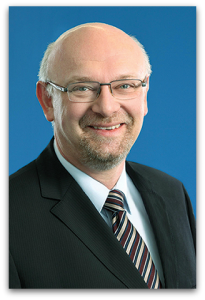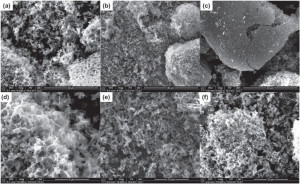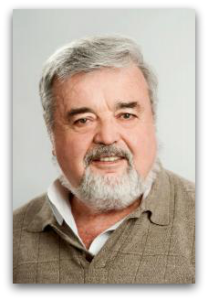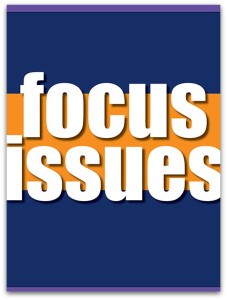Researchers have developed a new family of luminescent materials with the ability detect chemical and biological compounds, and even respond accordingly to a wide variety of extreme mechanical and thermal conditions.
The material is essentially a metallic polymer gel comprised of earth elements.
This from MIT News:
The material, a light-emitting lanthanide metallogel, can be chemically tuned to emit light in response to chemical, mechanical, or thermal stimuli — potentially providing a visible output to indicate the presence of a particular substance or condition.
The bio-inspired polymers are predicted to help engineers derive design principles applicable to other kinds of materials.
By combining a rare-earth element with polyethylene glycol, the material gains qualities that allow it to produce tunable, multicolored light emissions. These emissions have the ability to detect subtle changes in the environment and reflect them accordingly.
By applying this material to structures, researchers believe that engineers may be able to catch structural weakness and eminent failure before it happens.
[Image: MIT]PS: Want to learn more about luminescent materials? Check out our new focus issue, Novel Applications of Luminescent Optical Materials. All of the papers are free!






![[Click to enlarge]](https://www.electrochem.org/wp-content/uploads/2015/09/post-pic-224x300.png)
![[Click to enlarge]](https://www.electrochem.org/wp-content/uploads/2015/09/post-pic-2-224x300.png)


